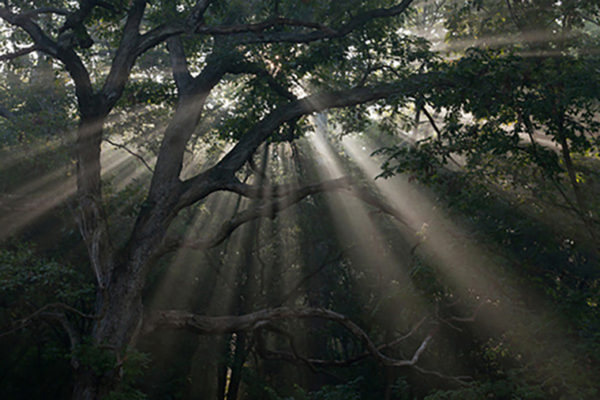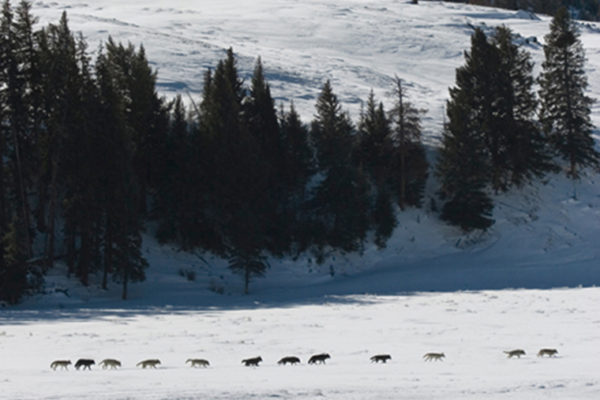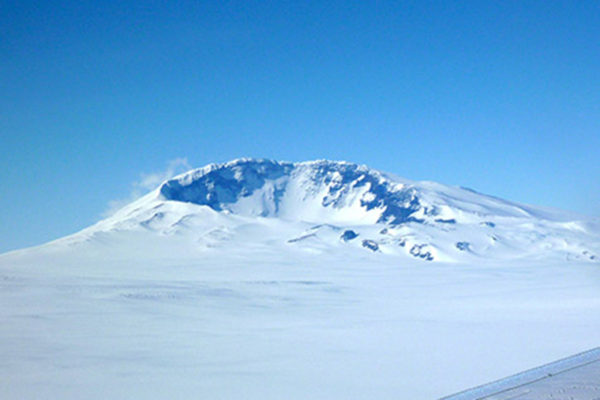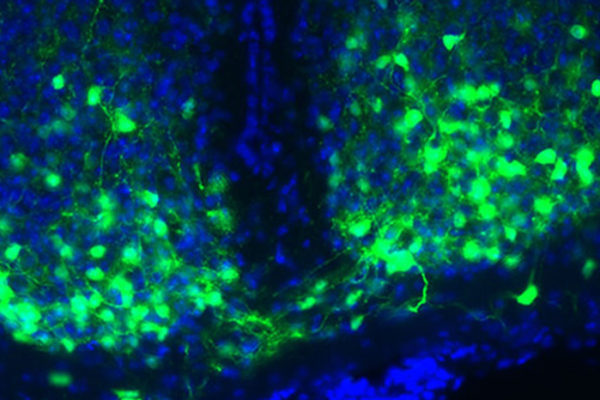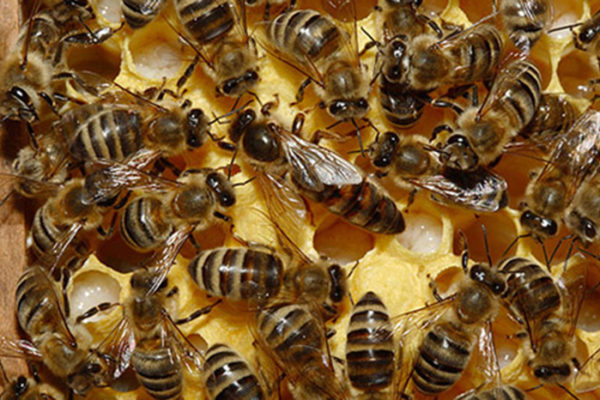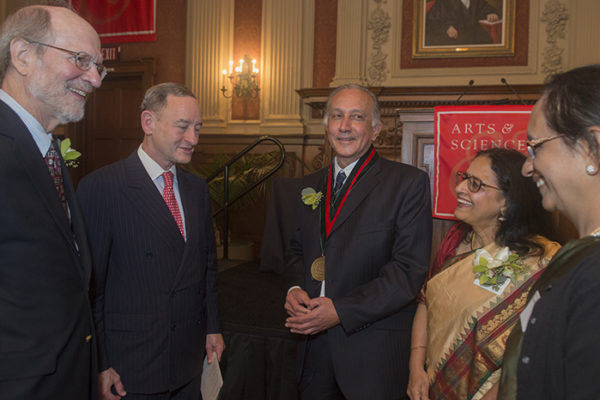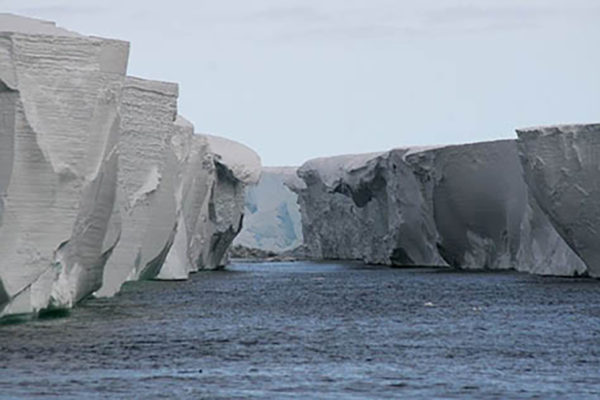Odor receptors discovered in lungs
Your nose is not the only organ in your body that can sense cigarette smoke wafting through the air. Scientists at Washington University in St. Louis have shown that your lungs have odor receptors as well. The odor receptors in your lungs are in
the membranes of flask-shaped neuroendocrine cells that dump neurotransmitters and neuropeptides when the receptors are stimulated, perhaps triggering you to cough to rid your body of the offending substance.
Tyson designated an Earth Observatory
A 60-acre plot in Washington University in St. Louis’ Tyson Research Center has been named a Forest Global Earth Observatory, or ForestGEO. The oak-hickory forest in the rolling foothills of the Ozarks joins a network of 51 long-term forest study sites in 23 countries, including eight others in the United States. Together, the forests, containing roughly 8,500 species and 4.5 million individual trees, comprise the largest, systematically studied network of forest-ecology plots in the world.
Scientists stitch up photosynthetic megacomplex
In Science, scientists at Washington
University in St. Louis report on a new technique that allowed them to extract a photosynthetic megacomplex consisting of a light antenna and two reaction centers from the membrane of a cyanobacterium. This is the first time an entire complex has been isolated and studied as a functioning whole.
Environmental politics and climate change
Political scientist William Lowry has paid close attention to environmental issues for 25 years, marshaling what he learns each year and testing it in front of a class of critical students. He has honed his class “Environmental and Energy Issues” to the point where it is a white-water ride down a river of arguments and counterarguments that puts everything in context and lays out the
facts — but skips the lecturing and fearmongering that characterize this debate. There can be no better guide to the perplexed.
Scientist helps kids — through turtles — connect with nature
Visiting scientist Stephen Blake has traveled the world trying to protect endangered species, including forest elephants and giant tortoises. Lately he and his wife veterinarian Sharon Deem have put increasing emphasis on trying to restore another endangered species: kids who care about nature. They’ve started the St. Louis Box Turtle Project as a kid-friendly way to re-introduce kids to the woods.
Volcano discovered smoldering under a kilometer of ice in West Antarctica
A temporary seismic array in Marie Byrd Land in West Antarctica recorded two bursts of activity in 2010 and 2011. Careful analysis of the events shows they originate from a subglacial volcano at the leading end of a volcanic mountain chain. The volcano is unlikely to erupt through the kilometer of ice that covers it but it will melt enough ice to change the way the ice in its vicinity flows.
VIP treatment for jet lag
A small molecule called VIP, known to synchronize time-keeping neurons in the brain’s biological clock, has the startling effect of desynchronizing them at higher dosages, says a research team at Washington University in St. Louis. Neurons knocked for a loop by a burst of VIP are better able to re-synchronize to abrupt shifts in the light-dark cycle like those that make jet lag or shift work so miserable.
Ignorance is sometimes bliss
Evolutionary biologist W.D. Hamilton predicted that organisms ought to evolve
the ability to discriminate degrees of kinship so as to refine their ability to direct help to individuals with whom they shared the most genes. But two WUSTL biologists point out that there seem to be many cases where “a veil of ignorance” prevents organisms from gaining this kind of information, forcing them to consider a situation from the perspective of all members of their group instead of solely from their own perspective or that of their close kin.
Cowsik installed as James S. McDonnell Professor of Space Sciences
Ramanath Cowsik, internationally recognized for his contributions to neutrino physics and to the understanding of dark matter in the universe, was installed as the James S. McDonnell Professor of Space Sciences in Arts & Sciences in a ceremony Oct. 7 in Holmes Lounge.
Weighing the Antarctic ice sheet
The slow rebound of the bedrock as ice melts can be used to weigh the Antarctic ice sheet. Calibrating rebound will make it possible to measure how much mass the has lost since the ice sheets reached their maximum extent more than 20,000 years ago and how much it is currently losing. Two National Science Foundation grants will fund the installation of seismographs to calibrate crucial parts
of the Antarctic ice-weighing machine.
View More Stories

